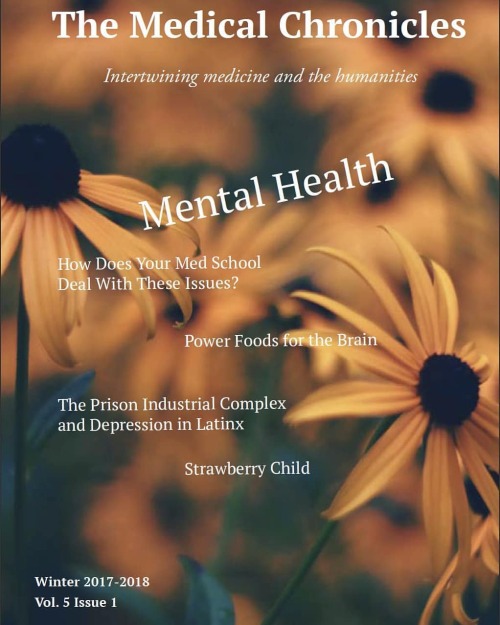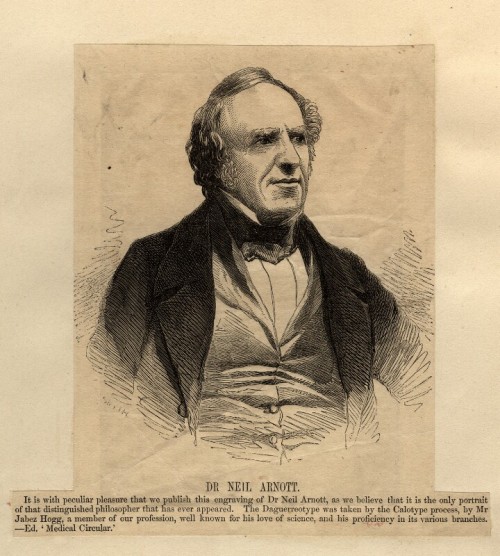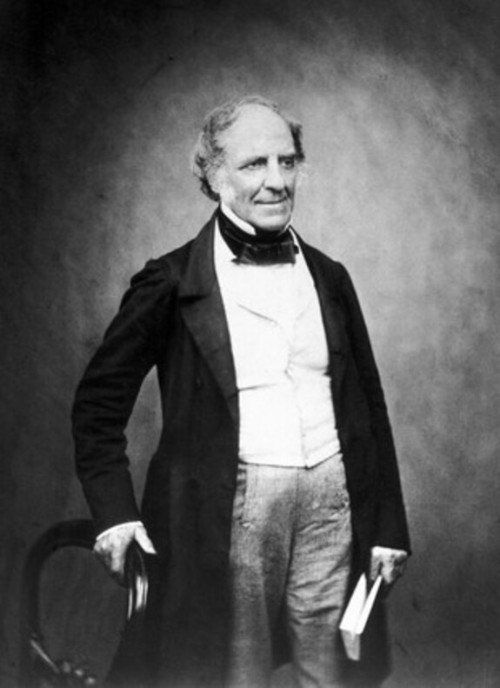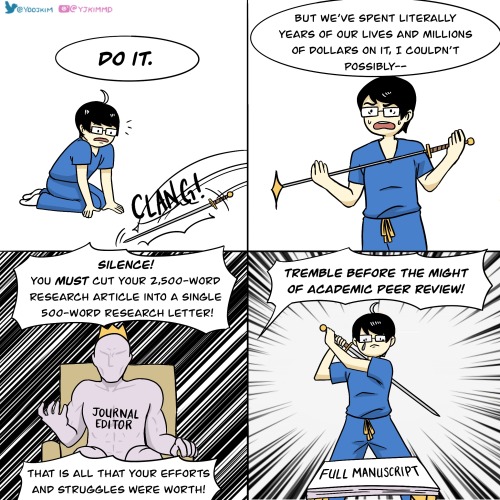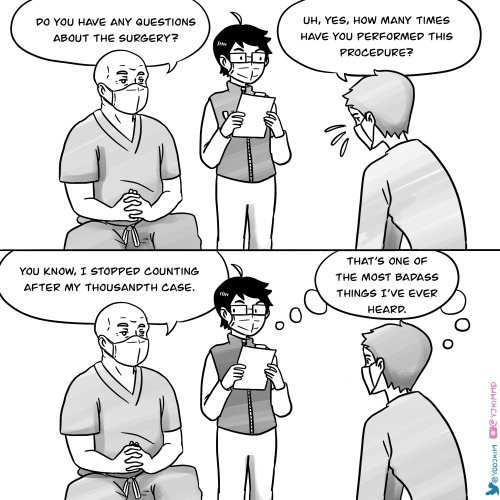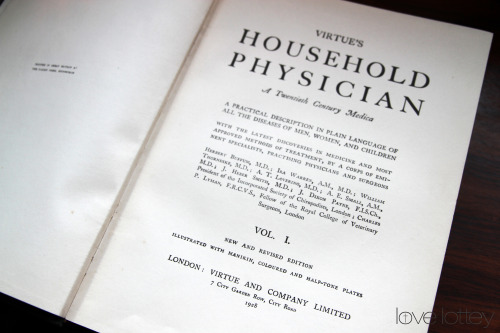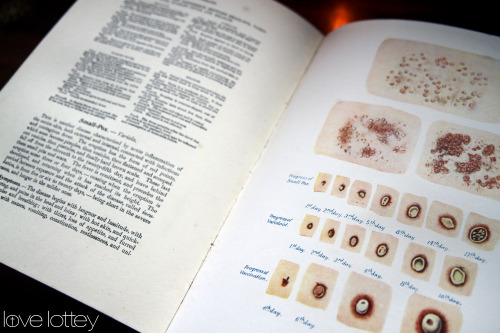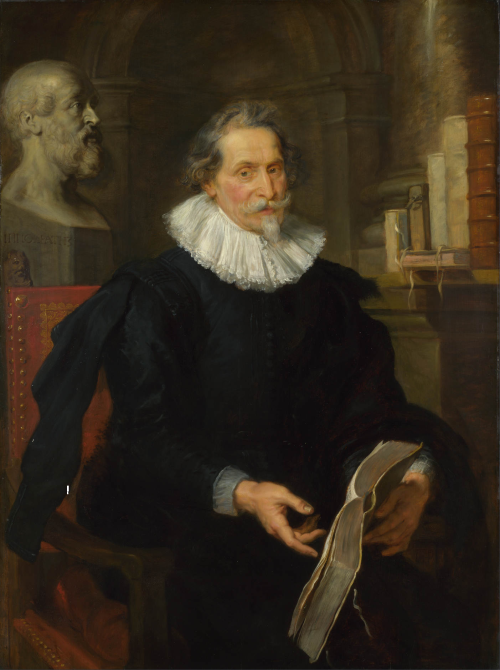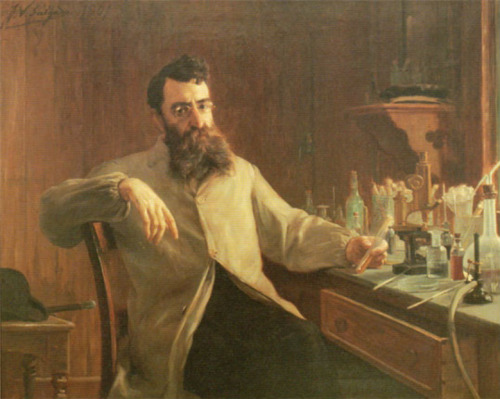#physician
Did you have a look yet at our last issue? The topic was Mental Health. Works include how your #medicalschools deal with #mentalhealth, #depression, a #shortstory, and some #artworks.
Print or digital copies are available on magcloud.com (link in bio). Remember, proceeds are donated to UNICEF.
And a reminder that the deadline to submit for the next issue is June 19th. Theme: “Love, Death, and Dying.” However, since “Mental Health” is always an important topic, works will also be accepted on that topic as well! .
.
.
#art #community #health #humanities #latinx #medstudent #physician #healthprofessionals #science #prisonindustrialcomplex #writing #essay #narratives
https://www.instagram.com/p/CA1a7tPhI5o/?igshid=1hoktsph7jvcg
Post link
Marble funerary Inscription of Caecilius Hilarius, physician to the famous Caecilia Metella. Her circular tomb is still seen as a large monument on the Appian Way south of Rome.
The inscription reads:
Q(uintus) Caecilius Caeciliae / Crassi〈uxoris〉 l(ibertus) Hilarus, medicus,
/ Caecilia duarum / Scriboniarum l(iberta) / Eleutheris, / ex partem dimidiae sibi êt suis.
meaning: “Quintus Caecilius Hilarus, a doctor, / Freedman of Caecilia, wife of Crassus. / Caecilia Eleutheris, freedwoman of / two Scriboniae. With the share of a half. / For himself (themselves?) and their (family).”
The doctor’s praenomen Quintus was taken from the name of Caecilia Metella’s father. Caecilia Eleutheris was Hilarus’ wife. She was the freedwoman of the two “Scriboniae,” one of whom was the first wife of Augustus (40-39 BC) and mother of his only child, Julia. The other sister was married to the son of Pompey the Great, Sextus Pompeius, who was defeated by Augustus/Octavian in 36 BC.
In the second line, the inscriber ran out of space and put the final “us” of “medicus” in small letters.
27 BC / 14 AD.
Found in Rome on the via Salaria in the so-called “Monumentum Caeciliorum“.
© Harvard Art Museums, Cambridge, MA
Post link
May 6th 1870 Sir James Young Simpson, the Scottish physician, died.
James was born the seventh son and eighth child of poor baker on 7th June 1811 in Bathgate, West Lothian. He was apprenticed to his father, but spent his spare time working on scientific matters, and, thanks to a scholarship and help from his elder brother, he entered the arts classes of the University of Edinburgh in 1825, at the age of fourteen, an began the study of medicine in 1827.
He studied under Robert Liston and received his authorisation to practice medicine – licentiate of the Royal College of Surgeons of Edinburgh – in 1830. He was then 19 years old and subsequently worked for some time as a village physician in Inverkip near Wemyss Bay on the Clyde. Two years later he returned to Edinburgh where he received his medical doctorate in 1832. The professor of pathology, John Thomson entrusted him with some lectures, and in 1835 he was made senior president of the Royal Medical Society of Edinburgh.
Following hard efforts, Simpson in 1839 at the age of twenty-eight years, was appointed to the chair of obstetrics at the University of Edinburgh. Lecturing in obstetrics had been somewhat neglected at the university, but Simpson’s lectures soon attracted large numbers of students, and his popularity as a physician reached such proportions that he could soon count women from all over the world among his patients. Besides his activities as a scientist and teacher he had a very busy – enormous, really – practice.
Simpson was president of the Royal College of Physicians in 1849, in 1852 he was elected president of the Royal Society of Edinburgh, and one year later was elected foreign member of the French academy of medicine. He received several honours and awards, in 1856 the golden medal from the Académie des sciences and a Monthyon prize. In 1847 he was appointed one of the Queen’s physicians for Scotland. In 1866 he was knighted and that year also became doctor of honour of law at the University of Oxford. In 1869 he received the freedom of the city of Edinburgh.
That’s the qualifications out of the way, ordinarily this would be enough for any leading man of medicine to be remembered by, but Simpson was no ordinary man, let’s get down to the nitty gritty.
Simpson combined intellectual brilliance with compassion. Distraught after witnessing the practice of surgery without anaesthesia, Simpson wrote of “that great principle of emotion which both impels us to feel sympathy at the sight of suffering in any fellow creature, and at the same time imparts to us delight and gratification in the exercise of any power by which we can mitigate and alleviate that suffering.”
So he started working on ways to deviate the pain felt in the neglected world of obstetrics, namely childbirth. At first this seemed a forlorn hope. Simpson tried mesmerism, but the hypnotic method brought only limited results. After trying other medical means like ether he read about chloroform being used in dentistry and surgery in the US, yes it had been used before, but never in in his field, and it was he who pioneered it’s use. In these days religion played a big part in everyone’s lives, and the belief that women were meant to suffer pain in childbirth was the main argument against his work.
It has been written there was a savage religious response, especially in Presbyterian Scotland, to his use of chloroform – in reality the attack on Simpson’s enthusiastic promotion of chloroform was brief, sporadic and of little moment. Simpson’s carefully constructed counter to criticism of anaesthesia, drawing on considerable theological and linguistic expertise, reveals a complexity at odds with the simplicity of his faith. Simpson was a great orator and by all means a charismatic man, his arguments for it’s used won over the vast majority of it’s critics, the rest, as they say, is history.
I’m not one to usually member honours bestowed on people by royalty, but you have to admit in this case it was merited, In 1866 Simpson was the first man ever to be knighted for his services to medicine.
Post link
The Scottish physician and inventor Neil Arnott was born on May 15th 1788.
Arnott, was born in the north-east Scottish town of Arbroath, he would become a very highly-regarded physician and show an inventiveness unusual for his era.
Misfortunes compelled the father, Alexander, to give up his farm and settle first at Blair and afterwards in Aberdeen. Neil was taught by his mother Ann, and at the parish school of Lunan, and in November 1798 entered Aberdeen grammar school. In 1801 he was entered as a student in the Marischal College, with a small bursary, where he remained during four sessions, and was especially interested by the lectures of Patrick Copland on natural philosophy. He graduated M.A. in 1805, and at once commenced the study of medicine in Aberdeen. He supported himself partly by acting as shop-assistant to a chemist.
By the age of 19 young Neil was a fully fledged surgeon and made two visits to China as surgeon for the British East India Company and then settled in London where his reputation would grow and grow.
He gave lectures at the Philomathic Institution and published these as Elements of physics. Arnott was one of the founders of the University of London, 1836. Within a few years he was made physician to the French and Spanish embassies, and in 1837 he became physician extraordinary to the Queen. He was elected to the Fellow of the Royal Society in 1838. He was a strong advocate of scientific, as opposed to purely classical, education.
Doctor Arnott gifted 2,000 pounds to each of the four universities of Scotland and to the University of London, to promote its study in the experimental and practical form.Of his inventions they included, a Smokeless Fire-place, Chimney-valves, and “Other Means, Old and New of obtaining Healthful warmth and ventilation” But is the final invention I find most interesting, he gave us the first form of waterbed. Dr Arnott’s Hydrostatic Bed, as it was known, had been created to help invalids avoid bedsores. A bath of water covered with rubber-impregnated canvas, and a lighter bedding on top, it worked a treat. The modest Arnott, however, didn’t choose to patent the idea, amazingly the waterbed was not actually patented until 1968 by an American furniture designer Charles Prior Hall, but oor Dr Arnott definitely came up with the idea first.
And so we have another first from a Scot, the waterbed!
Post link
So many deaths have been utterly unnecessary. I can’t think of a worse way to die than while intubated and isolated, surrounded by strangers, without your loved ones at your side.
Post link
This Thanksgiving, stay safe and stay smart. This way, we will have more to be thankful for in the coming year.
Post link
At my hospital, physicians MUST make their medical notes accessible to our patients. Problem is, some of the notes are incomprehensible to even to other physicians. I wonder what patients will make of them. (FYI for those not in medicine, S.O.B. in medicine = ”Short/Shortness of Breath”)
Post link
Hospitals are where nice shoes go to die. #MedTwitter#MedStudentTwitter#premed#medicine#physician#hospital#patientcare#medhumanities#shoes#doctor
Post link
I just finished worked with amazing interns and residents in surgery. They work so hard, sometimes against impossible odds, and occasionally pulled off miracles. My team was amazing.
Post link
I have heard many badass statements during my surgery rotation. I have also heard a few jaw-dropping questions that anxious patients ask their potential surgeons, such as, “how many patients have died under your care?” #yikes#surgery#physician#badass#medicine#PatientCare
Post link
Pavlov’s Intern: When the overhead alarm goes off, everyone—nurses, interns, residents, attendings—stops to hear whether their patient has been affected. I’ve become so sensitized to the alarm that my heart starts palpitating Every. Single. Time. #medicine#meded#physician#Hospital
Post link
#OTD in 1754 – Birth of Dr. William Drennan in Belfast; physician, poet, educationalist political radical and one of the chief architects of the Society of United Irishmen.
#OTD in 1754 – Birth of Dr. William Drennan in Belfast; physician, poet, educationalist political radical and one of the chief architects of the Society of United Irishmen.
William Drennan’s poetic output included some powerful and moving pieces. He is chiefly remembered today for “Erin” written in 1800, in which he penned the first reference in print to Ireland as “The Emerald Isle”:
“Nor one feeling of vengeance presume to defile
The cause, or the men, of the Emerald Isle.”
Drennan came to national attention with the publication in 1784 and 1785 of his Letters of…
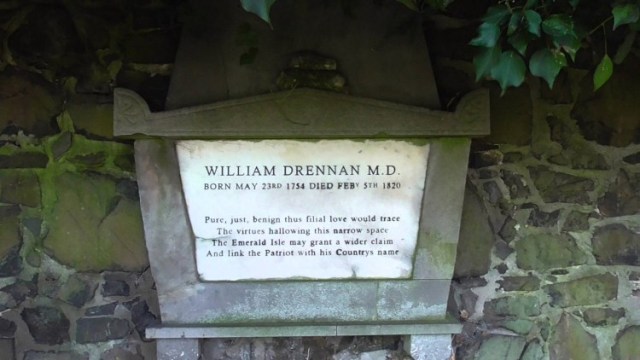
Look at how crafty Anjali got with her badge reel!
Folks always ask us if we can get some of these up in our shop. It is such a great idea and perhaps one day we will, but for now, you can always get creative like Anjali and make your own using our lapel pins!
Post link
Wouldn’t it be nice if we could erase disease with these happy organ erasers? Sadly the only two diseases to be eradicated worldwide are smallpox and rinderpest. We are still working to get rid of polio, yaws, dracunculiasis, malaria and so many more.
If you had magic powers, what disease or condition would you choose to wipe off the face of the Earth?
Post link
Virtue’s Household Physician Vol 1. Antique, 1928, Medical Book.
Printed in Great Britain at The Darien Press, Edinburgh, 1928.
Illustrated with manikin, coloured and half-tone plates. Set of Five.
A popular trend of the time, these books were great sets to have in the late 1800s up until around the 1950s or so. Covering a range of topics such as Anatomy, Hygiene, Skin Diseases, Venereal and Sexual Diseases and Homeopathic Treatments.
This hardback book is in brilliant condition with minimal discolouring to the pages and the spine is still intact.
Post link
Portrait of Flemish-Portuguese physician and antiquarian Luís Nunes (1553–1645) — Peter Paul Rubens, c. 1627 (National Gallery, London)
Post link
Portrait of physician, epidemiologist, and bacteriologist Ricardo Jorge (1858–1939) — Veloso Salgado, 1901 (Porto Municipal Public Library)
Post link
Finally a week of vacation for my burnt out soul.
I keep thinking about patients. Can’t turn off and now just stood next to a man that looks exactly like a man who died last week.
So rules for the week: no studying, no medical/healthcare related questions, no answering emails or texts from work, no class whatsapp group, no research project, and if anyone asks I work in banking.
Now I’m gonna read my book and wait for this plane to get me out of here!
Post link
This Muslim Clinic, Treating Mostly Latinos, Is What ‘Makes America Great’ Already
Al-Shifa Clinic relies on volunteer doctors to donate their time to serve all people, many uninsured or under-insured, free of charge. This is what compassion looks like in action.
Let’s support these wonderful folks and combat the hate aimed at people of Islamic faith following Trump’s election as President.
Post link

